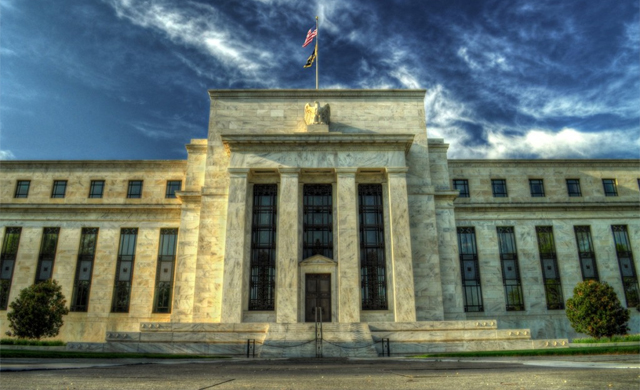Positive financial calendar data on business activity in the U.S. services sector was released last week: the ISM non-manufacturing index for August rose to 54.5 points, up from 52.7 points the previous month.

As expected, markets reacted negatively: the value of the dollar rose along with US Treasury yields due to concerns about a further interest rate hike by the Federal Reserve. However, the opposite is likely to happen.
Specifically, as the labor market situation worsens (unemployment has already begun to rise), along with slowing economic growth and increasing corporate bankruptcies, the regulator could lower interest rates.
So far, Fed members rejected this possibility because of the threat of another inflation surge, but over time, their stance could change, as happened before. Moreover, the U.S. elections are approaching, and the ruling party is not interested in an economic slowdown.
What does this mean for the markets?
As the economic outlook worsens, analysts expect to see a steeper yield curve and an increase in the price of gold. To be fair, all the conditions for this are already in place, but investors seem to need a boost similar to the one that occurred during the housing crisis.
It should be noted that monetary policy usually has a short-term and consistent impact on markets, but its effects are delayed. The problem is that during a recession, monetary policy loses effectiveness, making it more difficult to reverse the economic downturn.
Wait, but how can there be a recession if the US GDP is growing?
Analysts tend to overestimate GDP, especially during recessions. The margin of error is greater during these periods, leading to significant negative surprises. In short, statistics should not always be blindly relied upon.
That said, market expectations for Fed rate cuts next year could rise again, and the yield curve is expected to continue to steepen. As for the stock market, even with the revised monetary policy, there is not much special incentive for growth.


 Hot Features
Hot Features













